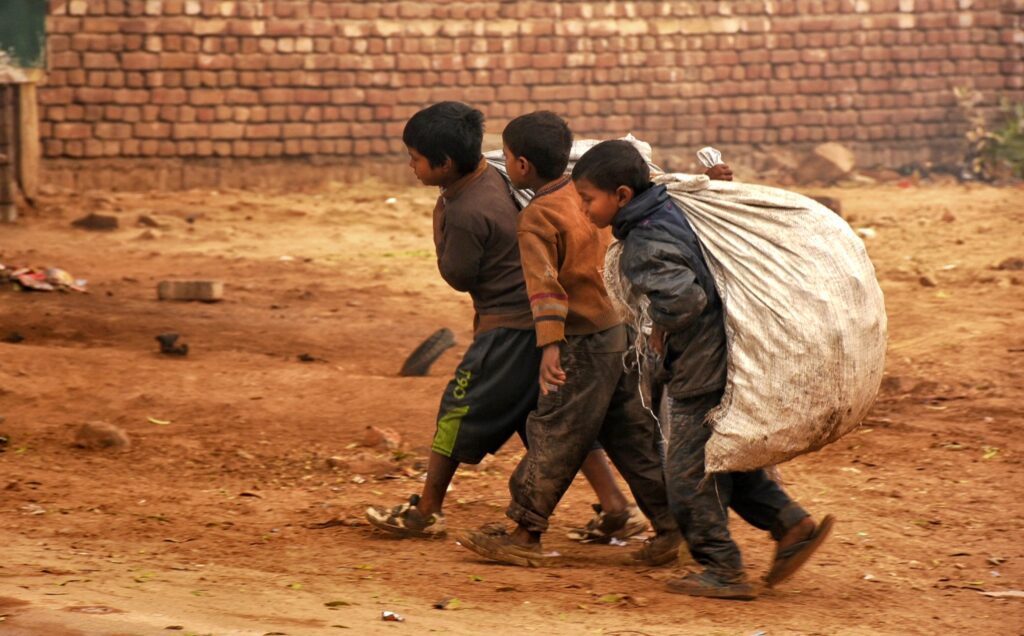Multi-dimensional poverty


Poverty is about more than the income to purchase goods and services, poverty is a multidimensional phenomenon and manifests itself in poor nutrition, poor health, poor education and limited capability to maintain livelihoods or participate in society. Recognizing this, the United Nations General Assembly adopted a definition of child poverty as:
Children living in poverty are deprived of nutrition, water and sanitation facilities, access to basic health-care services, shelter, education, participation and protection, and that while a severe lack of goods and services hurts every human being, it is most threatening and harmful to children, leaving them unable to enjoy their rights, to reach their full potential and to participate as full members of the society
The Global Multidimensional Poverty Index (MPI), often released every year provides disaggregated child poverty estimates for over 100 developing low- and middle-income countries7, and the most recent estimates show that some 1.3 billion people live in multidimensional poverty, half of which – 644 million – are children. This means that whilst 1 in 6 adults live in multidimensionally poor households, 1 in 3 children do. Additionally, almost half a billion (481 million) multidimensionally poor people live in a household where a school- aged child is not currently attending school.
Notably, prior to COVID-19 a steady decline in monetary and multidimensional child poverty reduction was witnessed, for example the global MPI shows 689 million children living in multidimensional poverty in 2017, down to 644 million children in 2020. However, climate change, conflicts, and the COVID-19 pandemic are causing unprecedented reversals in poverty reduction that are further exacerbated by rising inflation and food prices. The World Bank estimated that these combined crises led to additional 75 million to 95 million people living in extreme poverty in 2022 – compared to pre-pandemic projections.
To tackle the complex multifaceted nature of poverty a comprehensive and varied strategy is needed, which combines income supports, access to quality public services, well-regulated decent employment opportunities, as well as greater political and social representation of marginalized groups.
Our programming responds to a comprehensive strategy towards the multi-dimensional nature of poverty through the wide rights-based approach towards tackling child poverty. We particularly address the areas of education, equality and inclusion, nutrition, sustainable livelihoods, children empowerment and peace, as being vital to tackling child poverty multidimensionally.